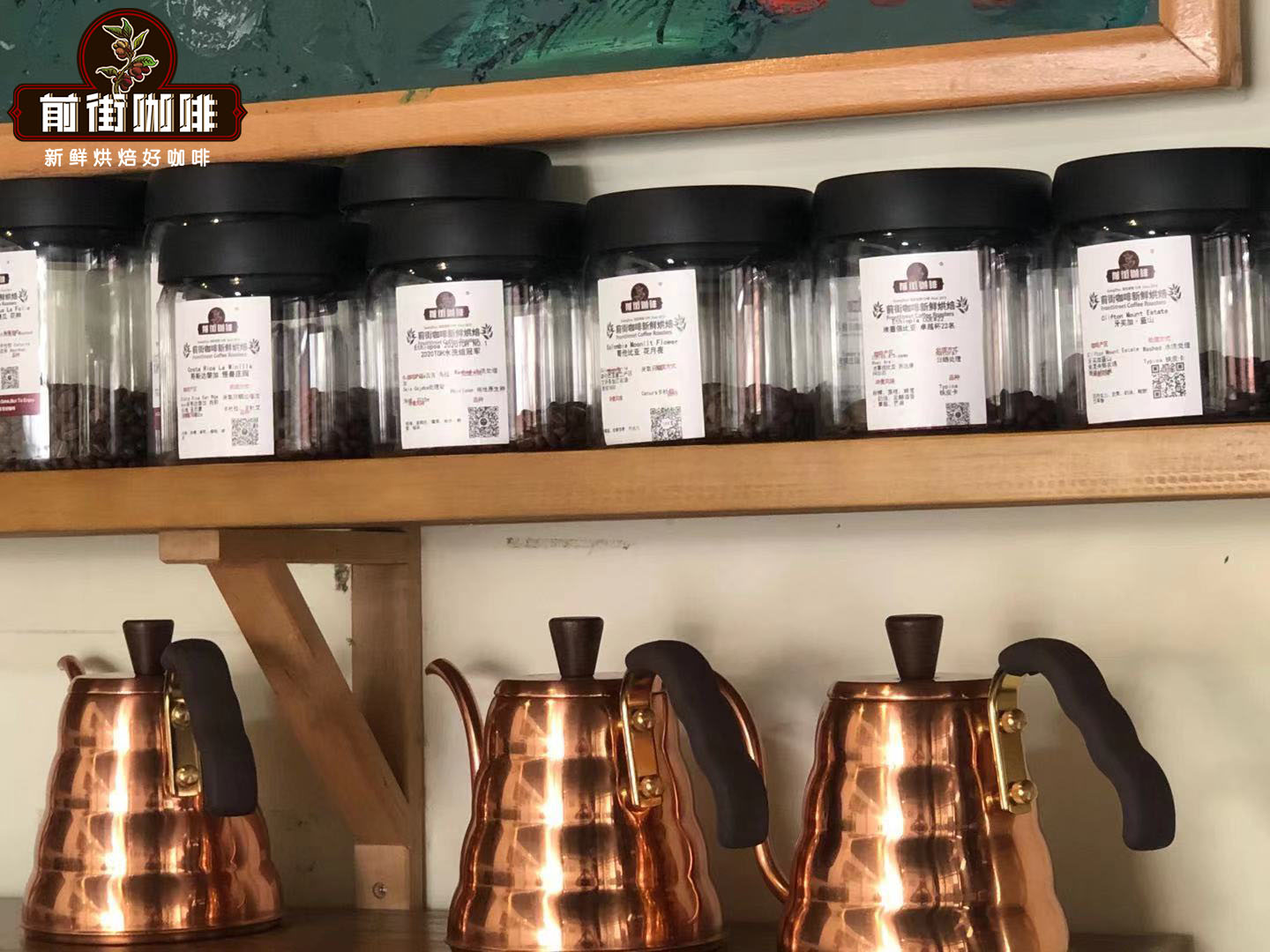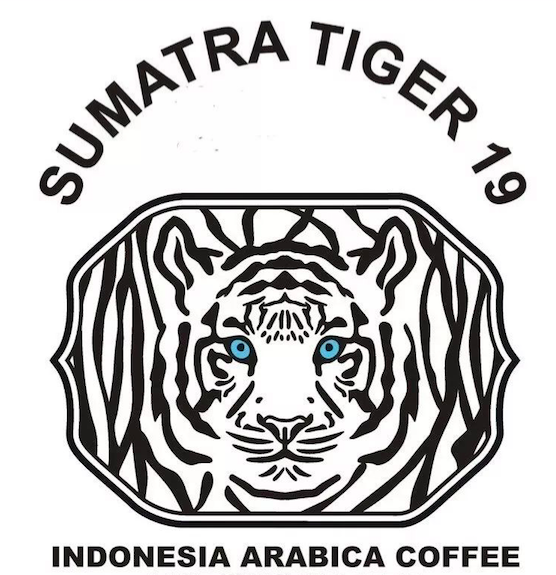The name of coffee bean introduces the origin of the name of the family heirloom of Ethiopia-heirlooms.

Professional coffee knowledge exchange more coffee bean information please follow the coffee workshop (Wechat official account cafe_style)
What we are concerned about here, which is easier to understand, is the level from the beginning of the genus Coffee. You can take a look at the following picture to learn about the main commercial varieties (Species) of the genus Coffea Genus and its small variety branch (Varieties).
[C.canephora Pierre ex A.Froehner.] Coffea. Canephora species, Pierre ex A.Froehner is the two earliest discovered and named people; C.canephora is the paternal line of arabica, and C. eugenioides is the matrilineal line of arabica.
[Typica] A variety was first introduced from Ethiopia to the Arabica branch of Yemen, and it was also the earliest variety introduced from Yemen to Asia, the Caribbean and Latin America.
[Bourbon bourbon], like Typica, is an early variety introduced from Ethiopia to the Arabica branch of Yemen, and later introduced to the French bourbon island (Bourbon Island).
[Mocha/Moka/Mokha/Mocca mocha] Origin in Ethiopia's Harrar producing area, early Arabica coffee was exported to Europe from Yemen's Al-Mahka port, so outside consumers only know the coffee from Al-Mahka, and gradually get used to Mahka coffee, but there are many different language spellings of 'Mahka', so it can be said that it gets its name from Yemen's Al-Mahka port; now Moka is commonly seen in Harrar, Yemen and Hawaii.
[Longberry Longguo] A natural variant of Typica found in the Harrar producing area of Ethiopia, named longberry because of its slender shape, is now grown in Sumatra in Indonesia.
[Heirlooms] native species, most Ethiopia varieties will greet you by this name, because we don't know what the specific species are, so the official general name is the original species (joke). In fact, it is because there are too many varieties in Ethiopia. It is like the natural gene bank in Arabica. On the one hand, there are many varieties and it is difficult to identify and classify them. On the other hand, the Ethiopian government is unwilling to disclose the information of these varieties for the sake of protection. So it is collectively called the native species Heirloom.
[HDT] Hybirdo De Timor, a natural hybrid of arabica and robusta, was first discovered on the island of Timor. It is also called Tim Tim in Indonesian and arabusta in Africa.
[s Line] S line is a variety with Liberica lineage, and S288 is a variety artificially bred by arabica and liberica. Later, S288 and Kents were re-bred to get S795, which is now mainly planted in India and Southeast Asia.
[Caturra Kaddura] Bourbon natural mutant.
[Mundo Novo New World] is a natural hybrid between Bourbon and Sumatra Tpica.
[Catuai Kaduai] is a variety selected artificially by Caturra and Mundo Novo.
[Catimor Karmon] the varieties artificially selected by HDT and Caturra are represented in different countries.
[Maragogype elephant bean] the giant bean found in Brazil is called Elephant Bean.
[Pacas Pacas] A natural mutant of Caturra found in El Salvador.
[Villa Sarchi] A natural variant of Caturra found in Costa Rica.
[Pacamara Pacamara] Pacas and Maragogype were selected artificially.
[SL28 / SL34] two batches of Bourbon varieties were selected by Scott Lab of Kenya.
[Ruiru 11 Ruyilu 11] the varieties were artificially selected by HDT, Rume Sudan and SL28/34.
The following picture of ▼ is a physical picture of three kinds of beans: arabica, robusta and liberica.
Important Notice :
前街咖啡 FrontStreet Coffee has moved to new addredd:
FrontStreet Coffee Address: 315,Donghua East Road,GuangZhou
Tel:020 38364473
- Prev

Introduction to the characteristics of Ethiopian native variety heirloom coffee beans the difference between heirloom and Landrace coffee
Professional coffee knowledge exchange more coffee bean information please follow the coffee workshop (Wechat official account cafe_style) class minions-phylum-class-order-family-genus-species, coffee is Rubiaceae coffee, including three major varieties Arabica species Arabica, Robusta species Robusta and Lee
- Next

[Sumatran Tiger Mantenin] Special report on Amway you are a super clean Manning!
Professional coffee knowledge exchange more coffee bean information please follow the coffee workshop (Wechat official account cafe_style) Ache Sumatra Tiger Mandheling Aceh Sumatran tiger Mantenin producing area: Aceh varieties: Caturra, Typica, Sidikalong soil: volcanic soil altitude: 1500m treatment method: wet planing method 01 | production area introduction Indonesia is a group
Related
- Detailed explanation of Jadeite planting Land in Panamanian Jadeite Manor introduction to the grading system of Jadeite competitive bidding, Red bid, Green bid and Rose Summer
- Story of Coffee planting in Brenka region of Costa Rica Stonehenge Manor anaerobic heavy honey treatment of flavor mouth
- What's on the barrel of Blue Mountain Coffee beans?
- Can American coffee also pull flowers? How to use hot American style to pull out a good-looking pattern?
- Can you make a cold extract with coffee beans? What is the right proportion for cold-extracted coffee formula?
- Indonesian PWN Gold Mandrine Coffee Origin Features Flavor How to Chong? Mandolin coffee is American.
- A brief introduction to the flavor characteristics of Brazilian yellow bourbon coffee beans
- What is the effect of different water quality on the flavor of cold-extracted coffee? What kind of water is best for brewing coffee?
- Why do you think of Rose Summer whenever you mention Panamanian coffee?
- Introduction to the characteristics of authentic blue mountain coffee bean producing areas? What is the CIB Coffee Authority in Jamaica?

